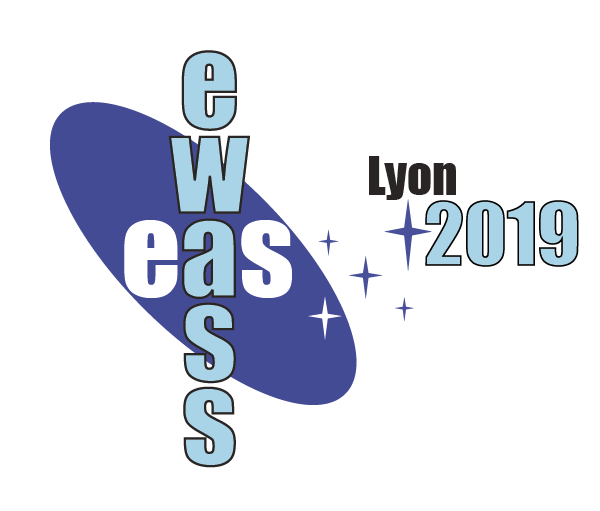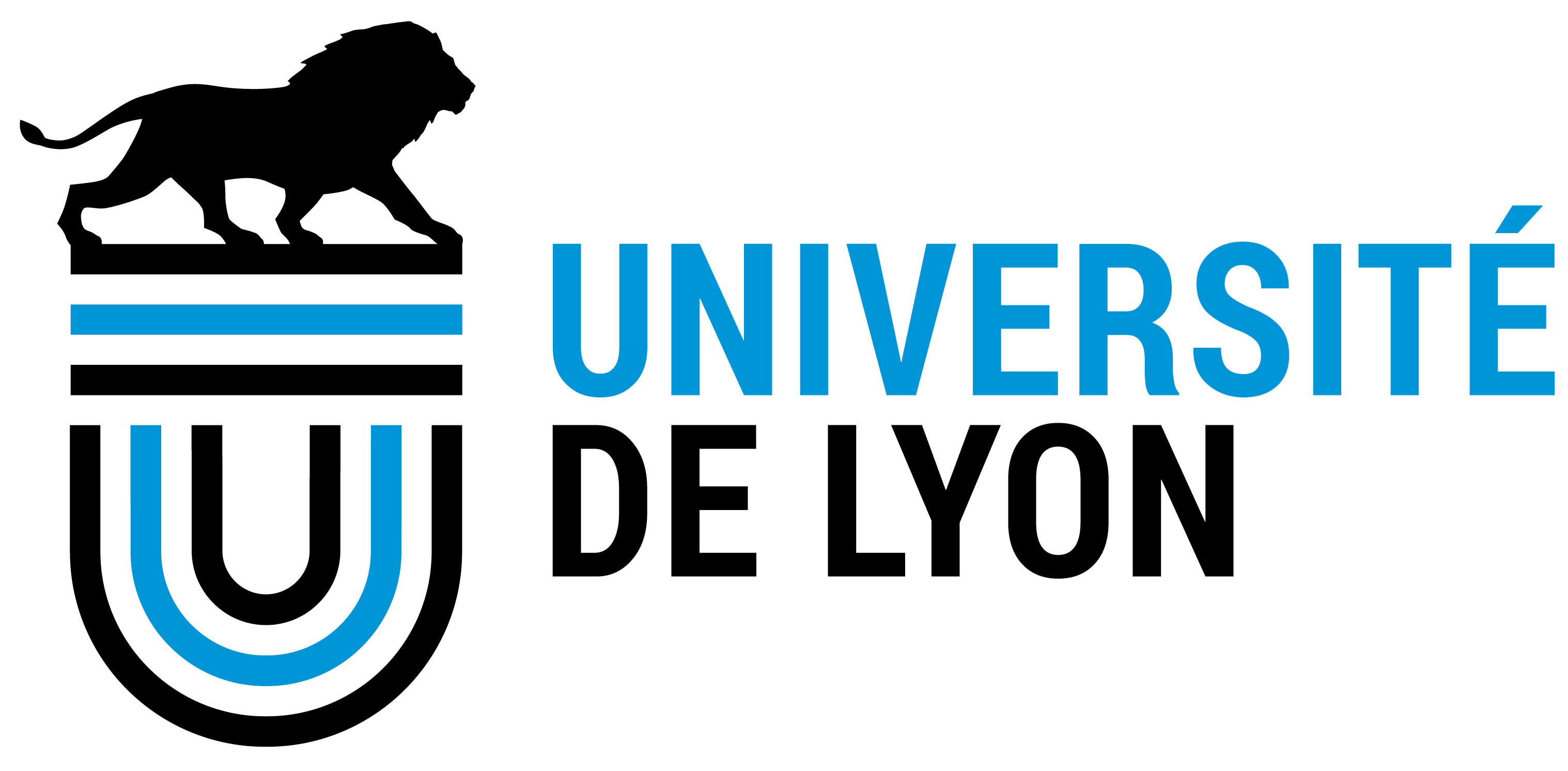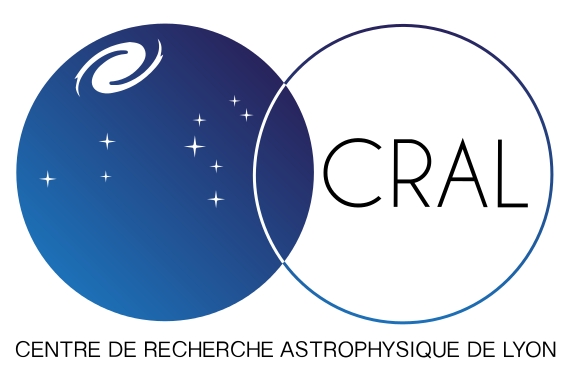|
Special Session SS13
28 June 2019

Aims and scope
More than 5,000 planetary candidates were identified and it was estimated that about 1 in 5 Sun-like stars have an "Earth-sized" planet in the habitable zone. The search for life mainly coincides with that of Circumstellar Habitable Zones but as surface water observation is substantially difficult and its existence is inferred by combining gravitational and tidal theories with models of planetary differentiation.
For the last decades, the exploration of the particular Martian surface has been "following the water" both by in situ and orbital observations. It has been recently shown that Mars was once a habitable planet (fluvio-lacustrine depositional environments) and belongs, on par with Earth, to the circumsolar habitable belt. Investigations of a large spectrum of biosignatures, from the nm to several m scales, were jointly initiated to define new conceptual and technical tools to guide the routes of the rovers. Biosignatures were defined in their broad sense that includes organism morphologies (cells, body fossils, casts), biofabrics (including microbial mats), diagnostic organic molecules, isotopic signatures, evidence of biomineralization and bioalteration, spatial patterns in chemistry and biogenic gases. Surface rocks such as clay-bearing sedimentary rocks, lacustrine carbonates, hydrated ultrabasic rocks, hydrothermal veins were assessed as potential biosignature repositories of paleobiological information, i.e. appropriate loci for the development (habitability) and preservation of biosignatures. A great deal of effort has been applied to retrieve the potential practical value of these rocks in the perspective of the future Mars Sample Return missions.
Reviewing how such microscopic biosignatures and biosignature repositories could be detected by remote observations, either directly or by their observed or modeled spectral impact, has to be updated to propose new « observables » and provide constraints to conceive future instruments in the search for life on exoplanets.
This session will be introduced by a 30 min keynote lecture, given by an exoplanet astrophysicist followed by a few short astronomical talks to draw up the status of the search for life on exoplanets. This part will be followed by talks which illustrate or constrain the limit of the current remote/in situ combinations based on the Mars surface investigation. The session will be concluded by talks dedicated to the discussion of the potential links between remote detection and state-of-the-art laboratory/field biosignatures.
Programme
- Exoplanets and habitability, F. Bouchy
- Atmospheres of habitable planets, Benjamin Charnay
- Water on Mars, M. Sylvestre
- Organic matter in Titan and Ganymede based on spatial observations, C. Sotin
Invited speakers
- François Bouchy (University of Geneva, CH)
- Benjamin Charnay (LESIA Observatoire de Paris, FR)
- Maurice Sylvestre (IRAP, Toulouse, FR)
- Christophe Sotin (JPL, California, USA)
Scientific organisers
Gilles Dromart, Xavier Delfosse, Laurence Lemelle
Contact
laurence.lemelle @ ens-lyon.fr
Updated on Mon Mar 25 16:33:42 CET 2019
|

 A power cut will shut down all EAS services on Tuesday, 10 January 2017 starting at 7:30 CET.
A power cut will shut down all EAS services on Tuesday, 10 January 2017 starting at 7:30 CET.





